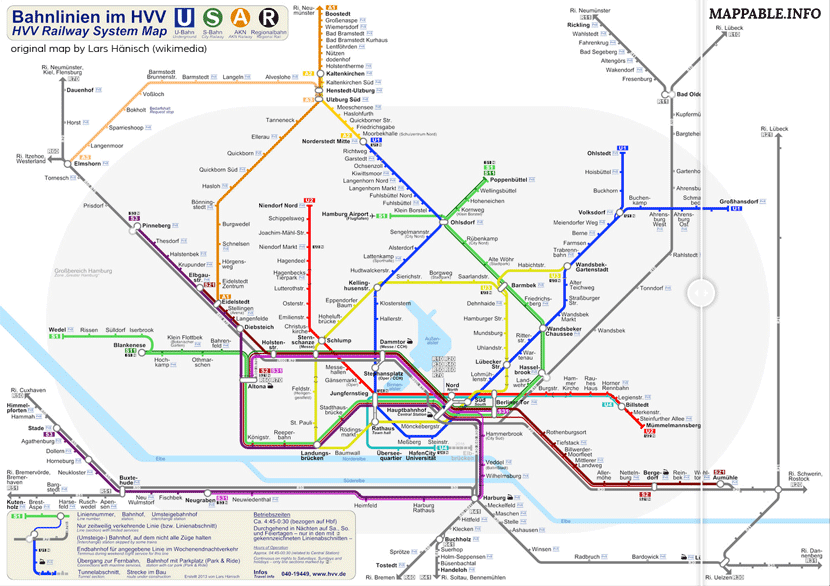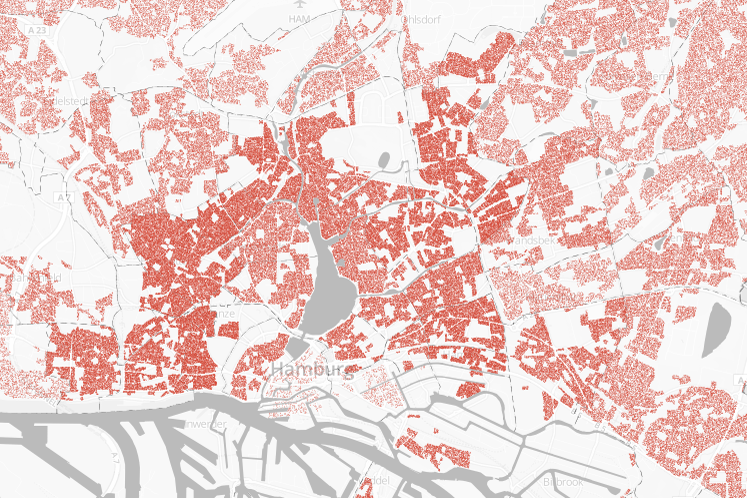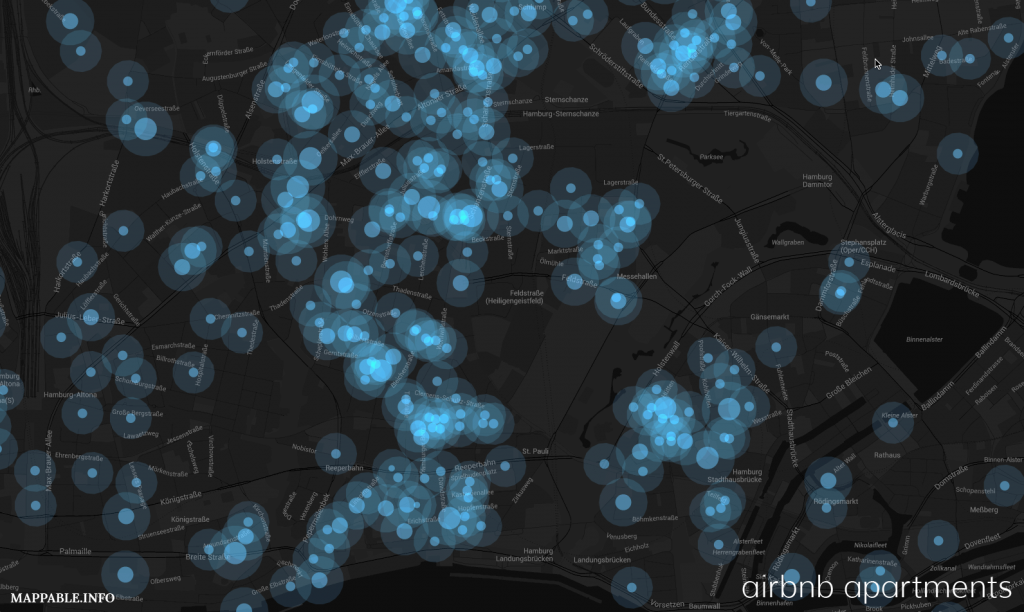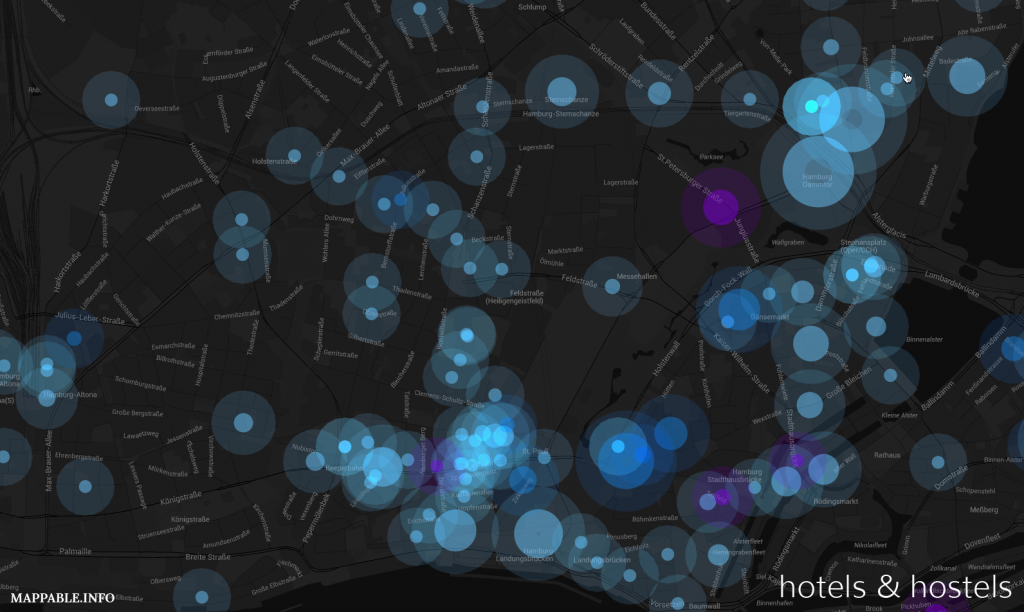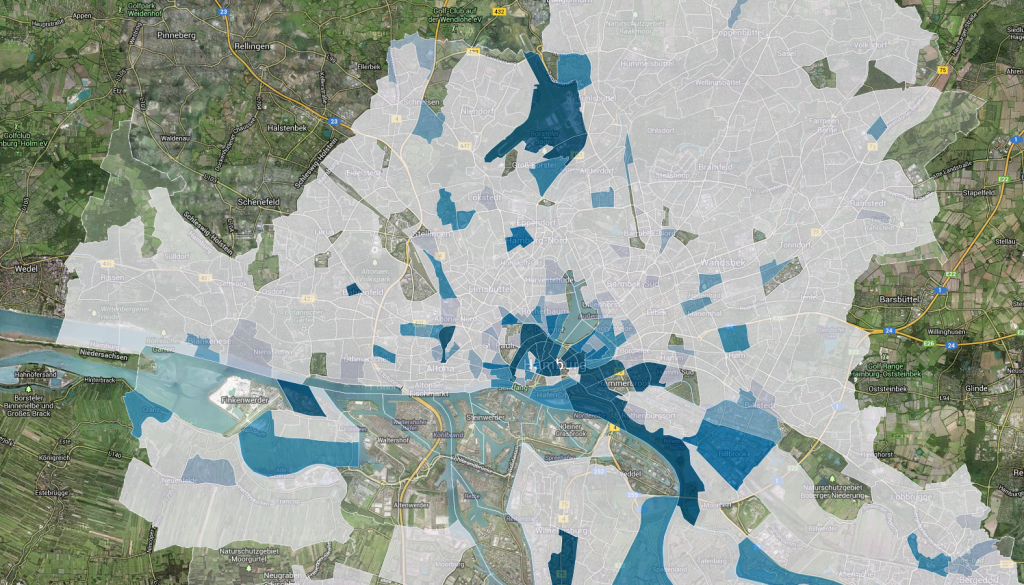Taking the tube or suburban railway for your daily commute is quite comfortable if you live in a city with a well developed public transport network. But as so often in life we quickly take things for granted and tend to forget that such amenities are not accessible for everyone. And I’m not referring to people living in cities without efficient public transport, but those who are, due to limited mobility, not able to use parts of the public infrastructure. Even though there certainly have been a lot of improvements in the accessibility of public transport stations during the last decade or two, there are still far too many stations in almost any bigger city which are not accessible for someone who is e.g. in a wheelchair. And even if there are big efforts to improve the situation, very old stations in densely populated areas just make the construction works very complicated and costly.
We are all disabled – sometime or another
Fortunately there are projects like Raul Krauthausen’s phenomenal wheelmap, which collects accessibility details for all kinds of points of interests by crowdsourcing and maps them on top of an OpenStreetMap base layer. He states that everyone is certain to be in need for a barrier-free environment sometime or another: Whether you are sitting in a stroller as a baby, using a wheelchair or crutches when injured, or a walker as an elderly.
While this and other tools help to improve the situation of handicapped people, we nevertheless think that from time to time it’s useful and necessary to remind ‘the public’ about the limitations of ‘public transport’. In order to do so we chose a quite simple approach and remapped the public transport network in Hamburg, London and New York together with Julia Griehl (@JulieDeLaMer).
How did we do this? Well most public transport networks publish maps which quite clearly symbolize the accessibility of every station. Our approach was to take open licensed versions of these maps and remove the name of every station which is not marked as wheelchair accessible (we used information from the official maps to identify them – knowing that each city might have a different definition of accessibility). The results are maps which show how thinned out those networks suddenly look from the perspective of a handicapped person. Just click on one of the animated images to get to a larger view with an interactive slider to swipe between the two maps.
Create a map for your city!
For those of you who are interested in the techniques involved in creating these maps or want to draw your own map for the city you live in, here’s how it’s done:
First you need a map of the chosen transit network with a license that let’s you modify it and publish your work. Finding such a map might already be the hardest step, as the official maps mostly are released under quite restrictive copyright (looking at you, London!). You therefore need to be lucky to find an alternative version released by someone who put quite some effort in drawing his/her own version. Probably the best place to search for such maps is wikimedia commons. In our case we used the maps of Lars Hänisch, Jake Berman and Matthew Edwards. Thanks a lot for making those maps and releasing them under open licences!
Next, we suggest to look at an official map in order to identify stations indicated as accessible. You can use the drawing software of your choice to remove the names of those stations that are not accessible. We used Adobe Photoshop and Illustrator (for bitmap- or vector-images respectively) but any other drawing tool will be just fine too. Additionally, we altered some map details (e.g. removed unnecessary labels, changed some colors and stroke-widths) to improve the readability, but that’s an optional step.
To get this fancy visual diff view there’s the jquery-plugin TwentyTwenty. Just as the maps, this little piece of software is released under an open license and requires only a few very simple steps to setting everything up. It won’t be a challenge for you, even if you’re not familiar with coding and there are step-by-step instructions to be found here.
Finally, if you want to publish your results to the web, you need some webspace. There are tons of possibilities to do this. If you are not familiar with this kind of stuff, check out the options dropbox has to host your own website. It might not be very professional – but hey, it’s for free and it works reliably. We use it too, if we want to publish content which conflicts with the content-management-system of Squarespace (our hoster). (We’ve switched to github pages in the meantime)
Join the Open Data Day 2014
If you like these maps and want to produce some of them on your own, or you have other ideas what could be done with open data, why not join in on the Open Data Day at February, 22nd? There are going to be meet-ups with friendly people who do awesome stuff with public data in many different cities all around the world. If you want to join us in Hamburg, you’re welcome and can find all the necessary information here
